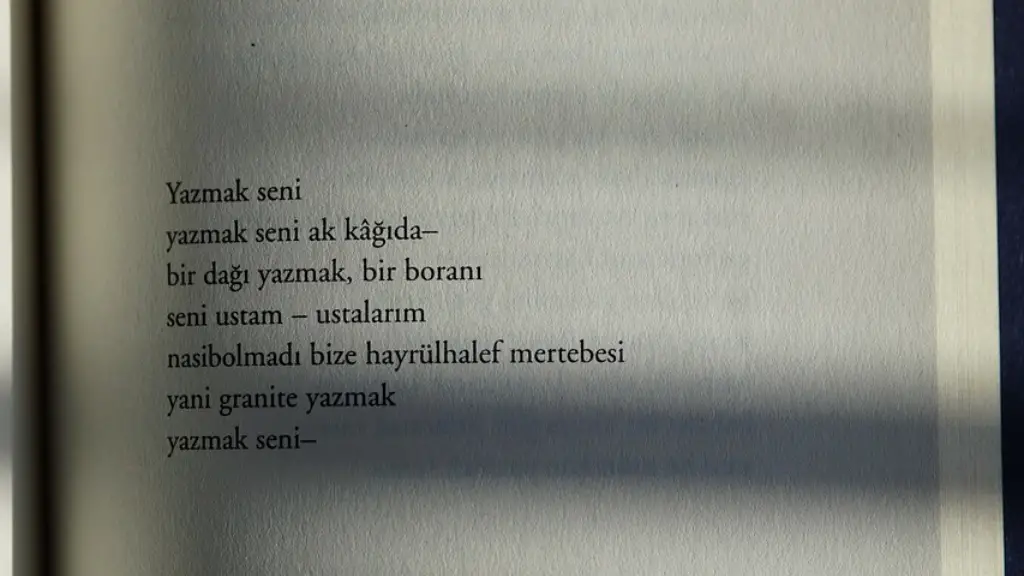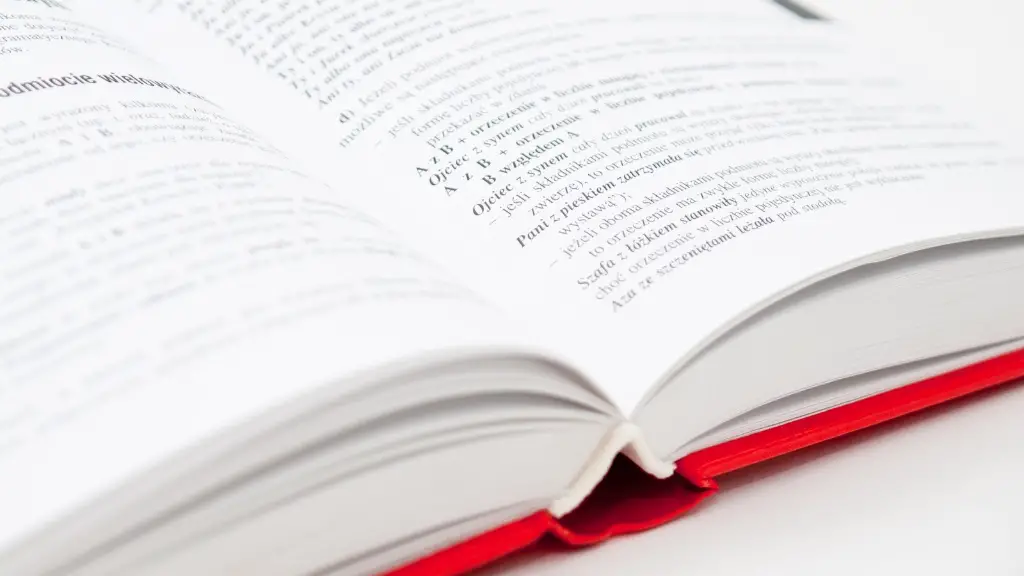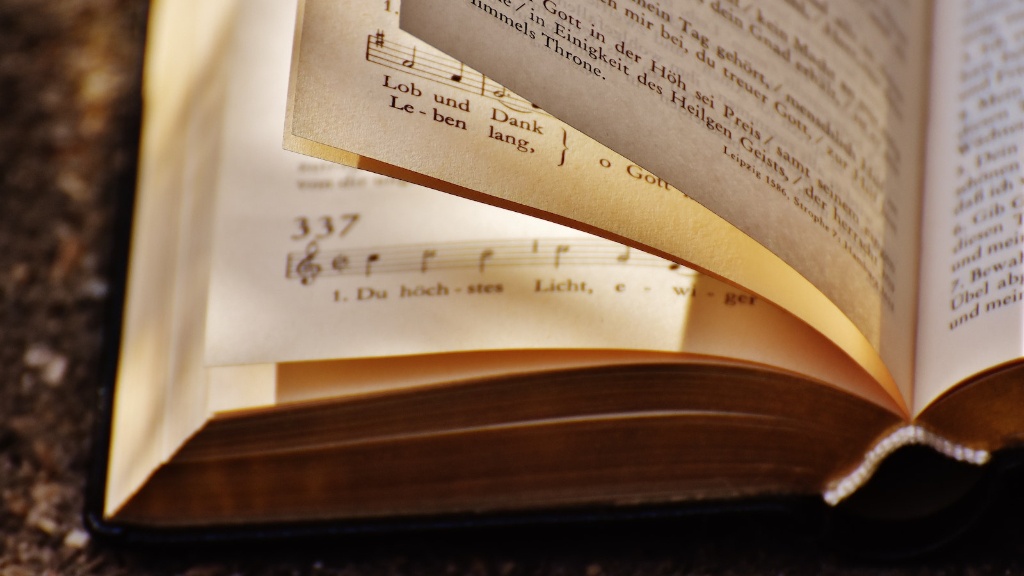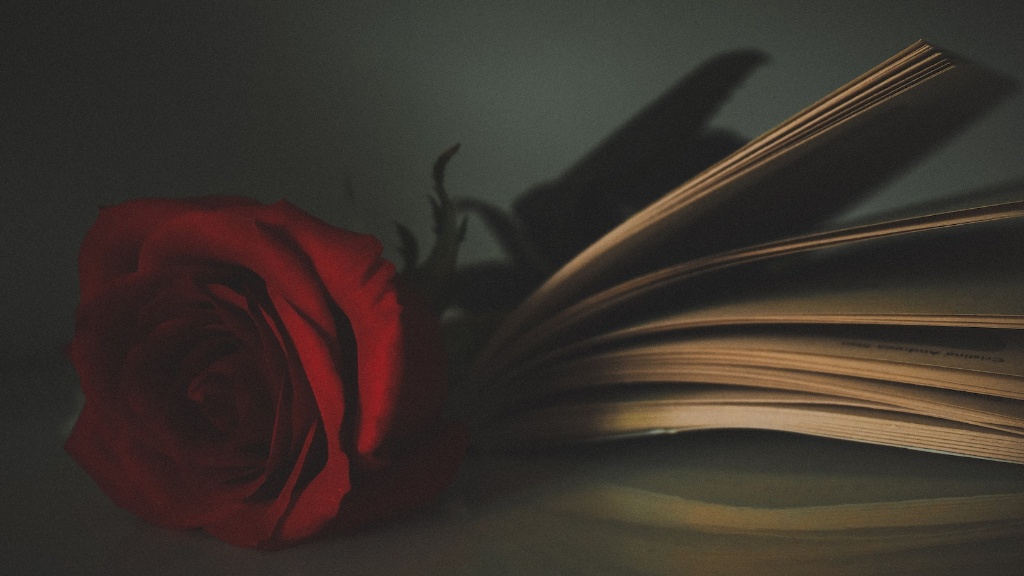Verbal, Visual and Mechanical Stresses in Poetry
Stresses in poetry appear in different ways, varying from verbal rhythm to the visual presentation of text. They are used by poets to convey their message, control the pace and configure the tone of their poetry. By emphasising some words and compressing others, poets bring music and beauty to their writing. Stress from a synchronic point of view implies the patterns or beats within the lines of a poem, but from a diachronic standpoint, it suggests the overall rhythm of a poem. Mechanical stresses – pauses and metric beats – are a large component of the spoken art of poetry.
The use of stresses creates a more powerful poem and encourages varied readings of it. Poets have to consider the ‘threatening stresses’ and their visual impact when writing their verse. This can be done through word choice, line division and arrangement of the text. Stresses are a fundamental factor of rhythm, prose and speech; thus, they can be accompanied by emotional triggers, associative responses, sonic reverberations and additional semantic layers.
From a poetic standpoint, the use of stresses can be as intricate or as rudimentary as the poet plans on making it. However, by definition, certain principles apply; for example, most syllables are typically considered to be ‘light’ (unstressed) whilst others are ‘heavy’ (stressed). This creates a natural rhythm. In the world of verse, stresses can also be used to form the five commonly recognised poetic feet. By enhancing the ‘musicality’ that underpins poetry, it can be used to acquire something more than just the innate meaning of words.
The accent on stresses also supports the idea that poetry is an oral composition as well as a written one. As a result, recognition of this sonic domain is paramount in comprehending poetic meaning. The audible dynamics offered by stresses can help present a more vivid context which frames the function of words and stretches the scope of the poem’s message. Thus, poets not only have to consider the written aspects of their work, but also the auditory and visual qualities. The feasibility of expressing emotions and sentiments is also heightened by the use of stresses; thus, providing poetry with greater emotional and artistic resonance. The emotional effect of poetry requires heightened sensitivity that is helped by the cadence and other sensory components as created by stresses. In short, this helps to mould poetic composition.
The Use of Accents in Poetry
Accents in poetry further help establish the stresses in a poem or piece of writing. This type of stress is often thought of as a form of rhythm. In this sense, accents in poetry can be used to create the rhythm of a poem and put emphasis on particular words. Because of this, accent in poetry is often used to help express the poet’s thoughts and feelings. It can also be used to express sound, movement, and texture in a piece.
The most common types of accent in poetry are alliteration, assonance, and consonance. Alliteration is a type of accent in poetry which refers to the repetition of consonant sounds at the beginning of words. For example, the phrase ‘Peter Piper picked a peck of pickled peppers’ is an example of alliteration. Assonance is another type of accent in poetry which refers to the repetition of vowel sounds throughout the poem. For example, the phrase ‘she sells sea shells by the seashore’ is an example of assonance. Finally, consonance is a type of accent in poetry which refers to the repetition of similar consonant sounds throughout a piece of writing. For example, the phrase ‘flick the switch’ is an example of consonance.
Accents are an important tool for poets because they can be used to create a specific mood or feeling in their work. They also help to draw attention to specific words or phrases, as well as making poems easier to read and understand. Different types of poetry may use accents in different ways, but most poets use them to give their writing rhythm and emphasis.
Stresses and Emotional Resonance
Stresses are necessary in poetry in order to create emotional resonance and enhance the poem’s overall structure and meaning. Through the use of stresses, poets have the ability to express the psychological, spiritual and emotional state of the poem in a much more profound way. Stress patterns play a major role in reinforcing content, creating a range of different readings, and mapping internal structure of the poem.
The ability of stresses to create an emotional atmosphere aids in creating powerful and vivid poetic works. Achieving an emotional response from readers is an age-old aim for poets, as expressed by Horace, who said “Many great writers have achieved fame by moving readers’ hearts with sympathetic sorrow.” With respect to poetry, stress can become dependent on the text itself, and be manipulated in order to evoke different shared emotions. In other words, the arrangement of words can be used to create a unified manner of expression, which can be expressed through the effect that stress has on it.
Stresses can also be highly effective in the transmission of feeling in the poem. By placing stress on certain words they can control and shape the reader’s emotions, as well as their understanding of the poem. This is true even when it is done unconsciously. Poets can use stressed words as cues, to direct both speakers and readers to the emotions intent. This makes it possible to convey complex, nuanced emotions. As a result, the use of stress within poetry helps to set the tone, accentuate certain words or phrases, and heighten the emotional impact of the poem.
Psychological Impact of Stress
The psychological impact of stress in poetry is also very important. Stress shapes readers’ interpretation of a poem, by helping them make the meaning of a poem. Because of this, stress has a large impact on how readers experience the meaning of a poem. For example, if the poet places a stress on a word, this will show the reader what this particular word means and how they should interpret it.
Stress can also be used to create a sense of urgency. Often, when a writer wants to create a sense of urgency in a poem, they will use stressed words to increase the speed of the poem and make it feel more urgent. This is an important tool for a writer to have, since it helps to convey the emotions they are feeling and the message they are trying to get across in their poem.
Stress also affects the tone of a poem. Stress can be used to emphasize certain words or lines to change the feel of the poem. This helps to create a more powerful effect for the reader, as it allows them to identify with the emotions of the poem. It also helps to give the piece of writing a certain flavor that may not be present in other forms of writing.
The Use of Meter in Poetry
Another way of using stresses in poetry is through the use of meter. Meter, in poetry, is a poetic form made up of sequences of stressed and unstressed syllables that create a rhythm. This rhythm is usually regular and can be used to set the tone and control the mood of a poem. Meters such as Iambic Pentameter help to create a specific atmosphere and influence the overall construction of the poem.
By using meter, poets can create various effects such as emphasis and speed. Using a meter helps to create unity in a poem and also helps to emphasize certain words. This can be done by placing a stress on certain syllables and can help to make a strong impression. Furthermore, meter can be used to specify the speed of a poem and help a reader follow along with the rhythm of the poem.
Additionally, meter can also be used to match the poem to the feelings of the poet. As the meter of a poem changes, it can be used to represent the changing mood of the poet. By changing the meter, a poet can signify larger changes in the poem and make them feel more alive and engaging. This is a great way for poets to express their feelings and convey their message in a powerful way.
Using Stress to Highlight Repetition
By using stresses, poets can emphasize repetition in poetry. The use of stresses can improve the flow of a poem and create a pattern of repetition that the reader can easily recognize. Stresses can be used to draw attention to a repeated phrase or image, providing a strong literary device. The consistent use of stresses can also increase the rhythm and flow of the poem, resulting in an expressive and captivating work.
Stresses can also be used to contrast one line in a poem with another. This can be done by stressing different words in a phrase in different lines or by stressing different syllables in the same phrase in different lines. By using this technique, poets can create a contrast between the two lines or phrases. This can be a powerful tool for poets to create contrast, add emphasis, and create a unique poetic tone.
Finally, stresses can be used to draw attention to the structure of a poem. A poem’s structure can be revealed by examining its stresses, enabling the reader to recognize the poem’s meaning and message. Additionally, stressing certain words can help the reader focus on important parts of the poem, which can help bring out the overall message of the poem.
Stressed Words and Imagery
Stress patterns in poetry can also be used to highlight the imagery and sound of a poem. Poets can use stressed words in a line or phrase to create a vivid picture or soundscape. Moreover, stressing certain words or syllables can help the reader become immersed in the imagery of the poem. As a result, poets are able to create unique and vivid visions within their writing.
Stresses can also be used to create sounds in the poem. Accents can be placed on certain words in order to create certain sounds or musical patterns. This can lead to a more musical reading of the poem and increase the emotional resonance of the poem. Additionally, stressing certain words can create a rhythmic tension within the poem, which can add more meaning to the poem.
The use of stresses can also create a sense of movement within a poem. This can be done by altering stress patterns or placing a heavier emphasis on certain words or syllables. This can help bring life to a poem and make the poem feel more dynamic, rather than static. As a result, stressing certain words can have a powerful impact on the way a poem is read and interpreted.
Symbolism and Mythology
Stresses in poetry can also be used to create deeper layers of meaning and symbolism. Through the use of stress patterns, poets can create subtle yet powerful layers of imagery and metaphor within their work. This can lead to a stronger and more meaningful interpretation of the poem. In addition, stresses can be used to evoke certain mythological and historical symbols or themes in order to add more depth and symbolism to the poem.
Different mythologies and symbols can be connected to certain stresses or stress patterns in a poem. By understanding these connections, poets can create a complex and layered composition with multiple meanings. Furthermore, stress patterns can be used to create patterns of sound which reflect certain mythological themes. As a result, the combination of mythological symbolism and stress can be used to create a powerful, deep and meaningful poem.
Stresses in poetry are an essential tool for poets to create powerful and meaningful works. They can be used to create rhythm, imagery and symbolism, which can help bring the poem to life. Additionally, stresses can be used to evoke certain emotions and deepen the meaning of the poem. As a result, the use of stress in poetry is an invaluable tool for poets.





